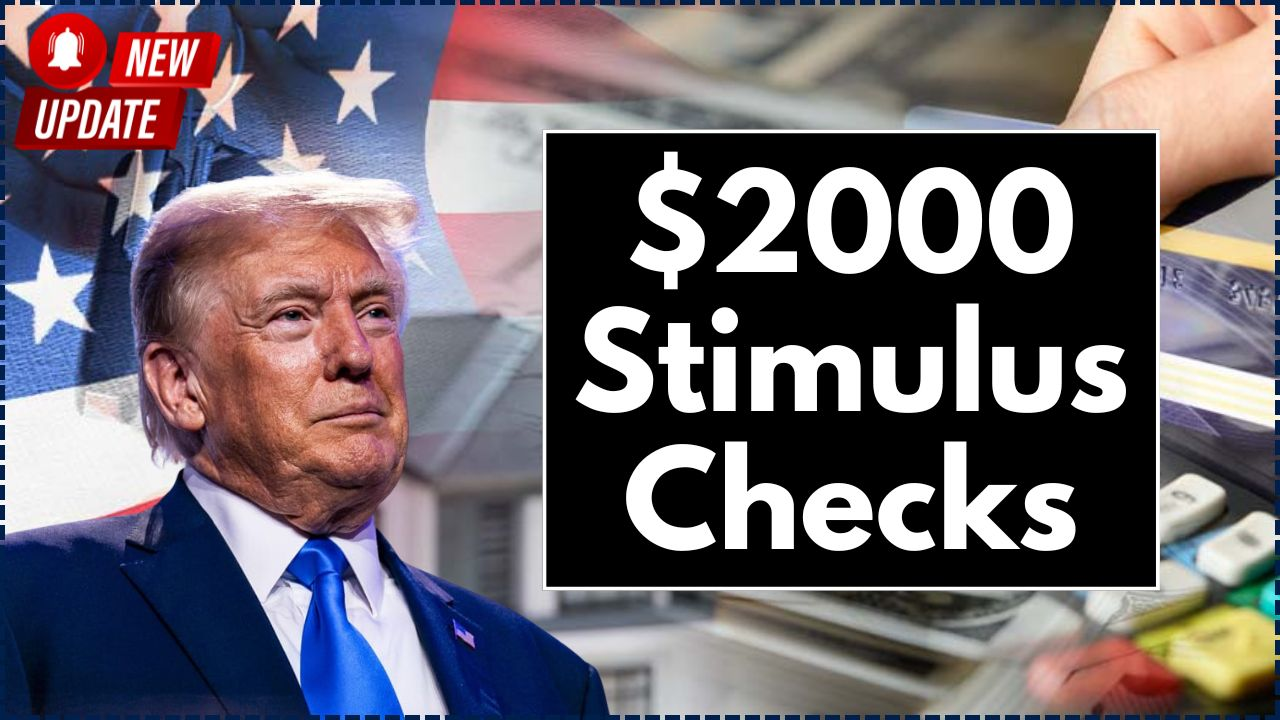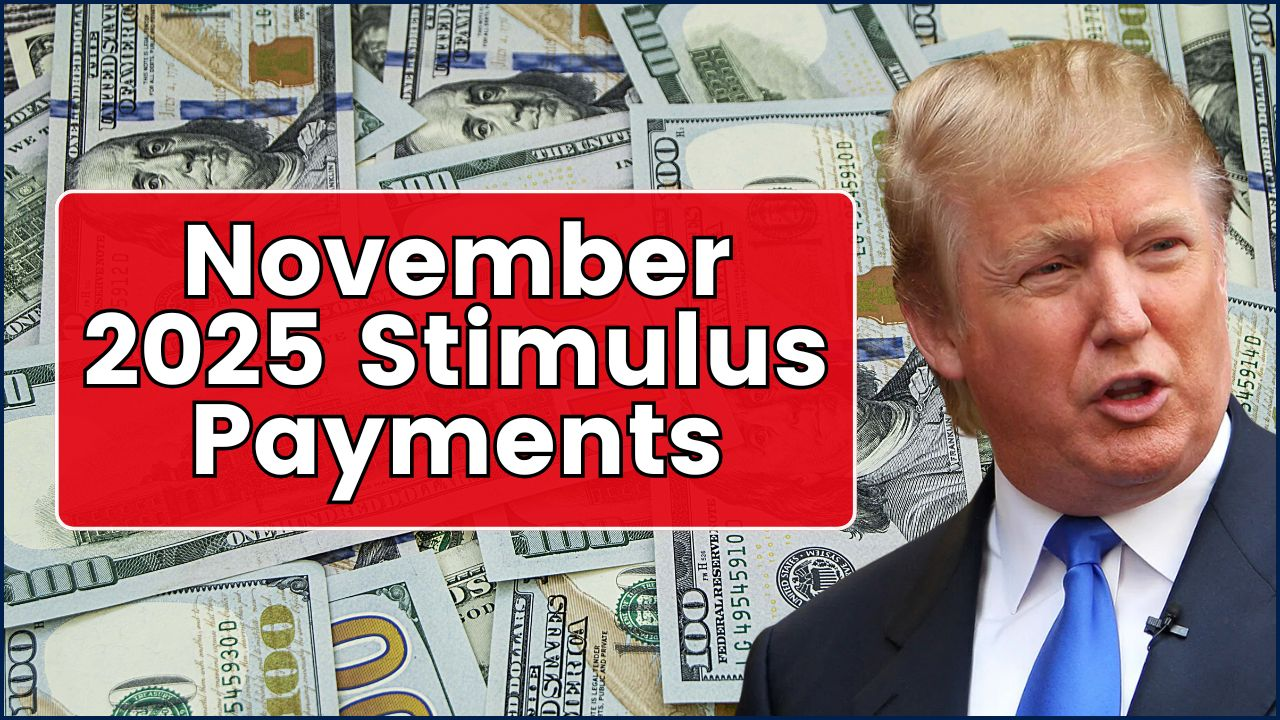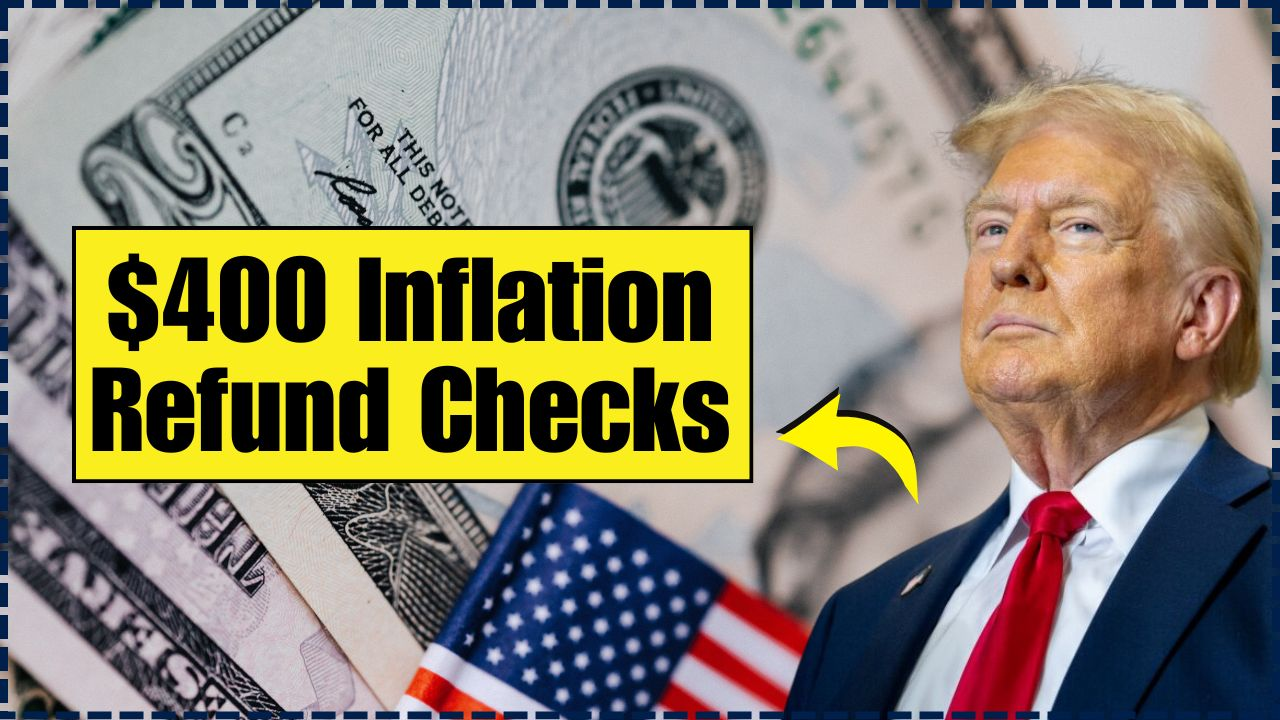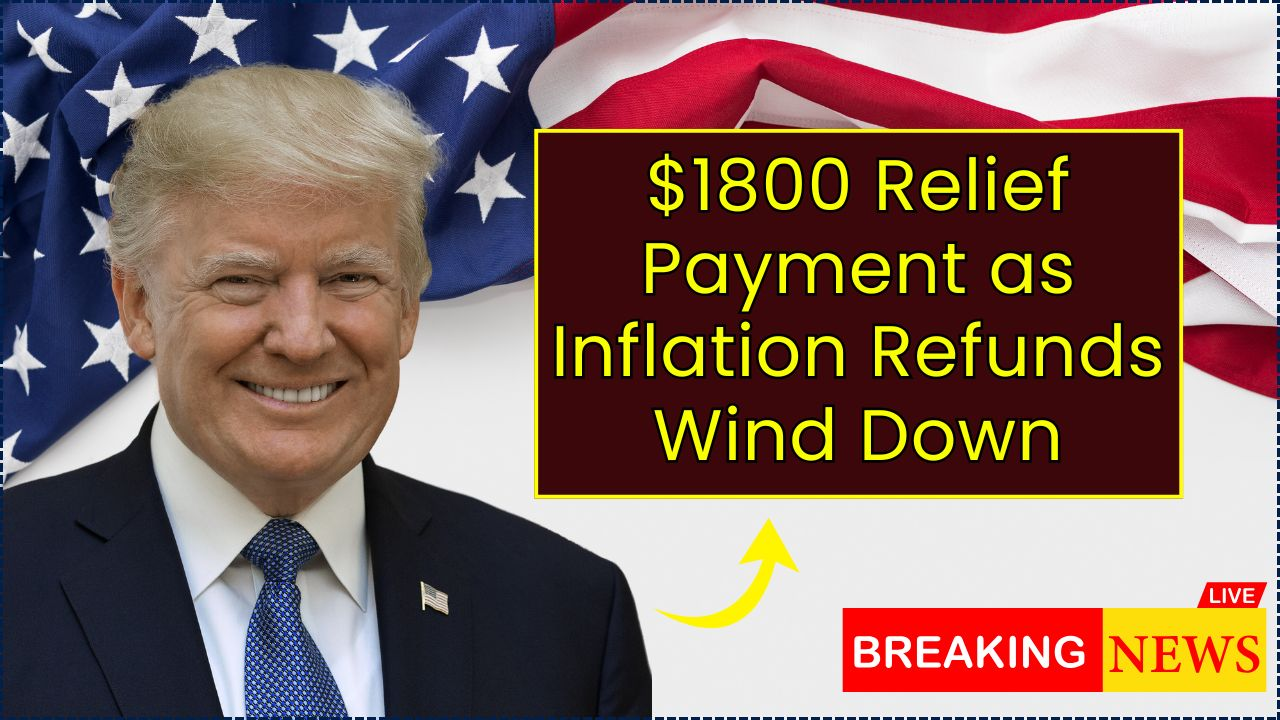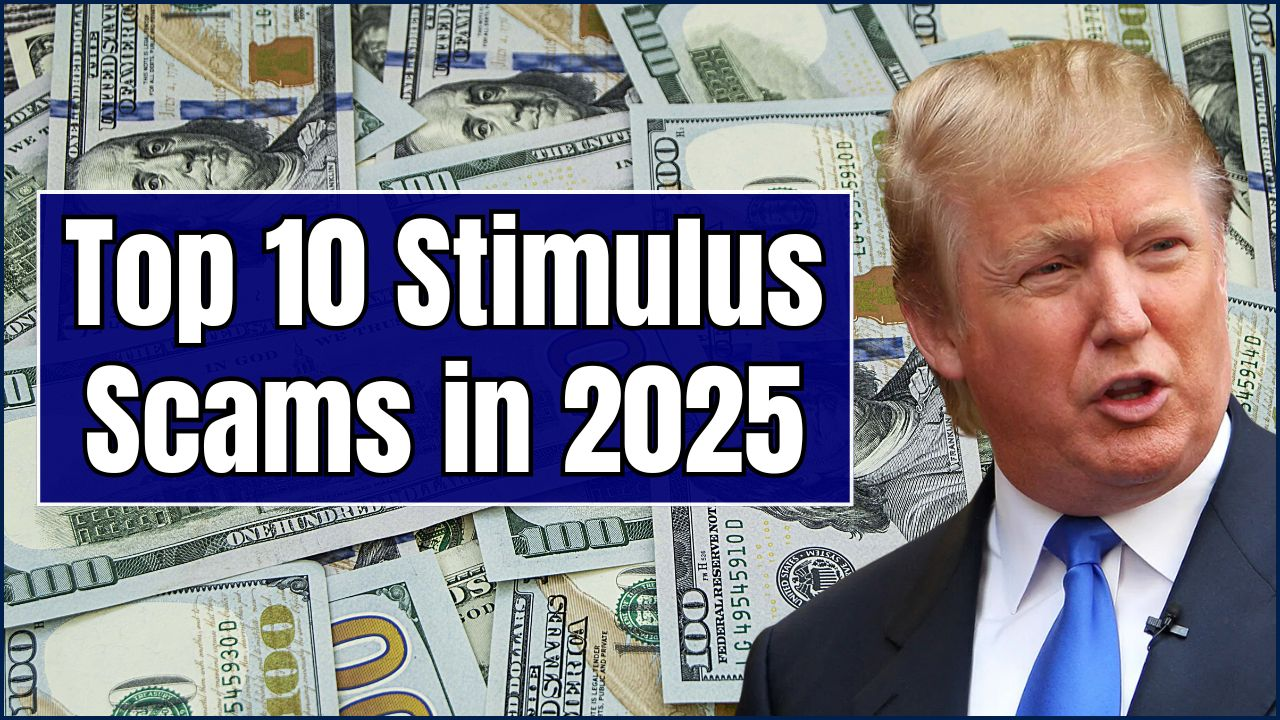Thinking about the Glenn T. Seaborg Congressional Science and Engineering Fellowship 2026? If you’re a scientist or engineer with a passion for shaping the future beyond the laboratory, you’ve come to the right place. This prestigious fellowship is more than just a line on a resume; it’s a transformative year-long journey that places you at the very heart of American policymaking. This guide is designed to demystify the process, provide a clear roadmap, and empower you to craft an application that truly stands out.
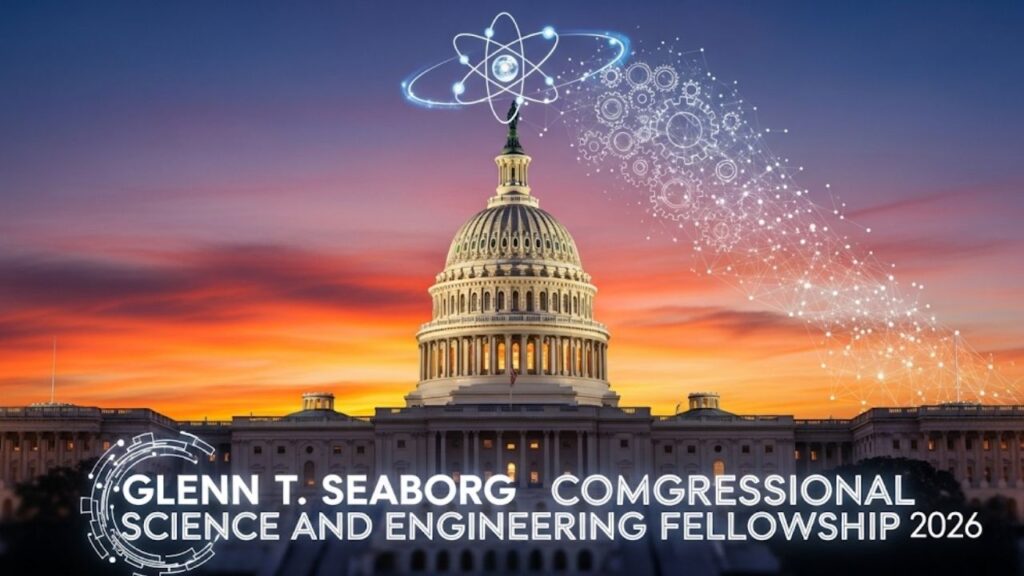
Glenn T. Seaborg Congressional Science and Engineering Fellowship 2026
| Key Fact | Detail | Why It Matters |
| Sponsoring Body | The American Chemical Society (ACS) | This fellowship is specifically for those in the chemical sciences and is supported by one of the world’s largest scientific societies. |
| Program Affiliation | AAAS Science & Technology Policy Fellowships (STPF) | You become part of a larger, influential network of over 3,000 current and alumni fellows, providing unparalleled professional development. |
| Eligibility Core | PhD in chemical sciences/engineering + US citizenship + ACS membership. | These are non-negotiable prerequisites. Ensure you meet them before starting your application. |
| Est. Application Window | August 1, 2024 – November 1, 2024 (for the 2026-27 fellowship year) | This is a crucial timeline to mark on your calendar. Always verify exact dates on the official websites. |
Applying for the Glenn T. Seaborg Congressional Science and Engineering Fellowship 2026 is a significant undertaking, but it is one of the most direct and impactful ways to transition into a science policy career. It offers a unique platform to use your scientific mind for the public good, build an incredible professional network, and shape the policies that will define our future.
What Exactly Is the Seaborg Congressional Fellowship?
Imagine taking your deep scientific knowledge and applying it to draft legislation, brief members of Congress on emerging technologies, or analyze the environmental impact of a new bill. That is the essence of the Seaborg Fellowship.
Named for Glenn T. Seaborg—a Nobel Prize-winning chemist and dedicated public servant who advised ten U.S. presidents—this program embeds a talented scientist directly into the legislative branch for one year. It’s a key part of the broader American Association for the Advancement of Science (AAAS) Science & Technology Policy Fellowships (STPF) program, a respected initiative that has been bridging the gap between science and government for over 50 years.
As a Seaborg Fellow, you aren’t just an intern. You serve as a full-time, paid legislative aide in the office of a member of Congress or a congressional committee. Your role is to provide objective, science-based analysis on critical issues, making you a vital resource in a fast-paced and high-stakes environment.
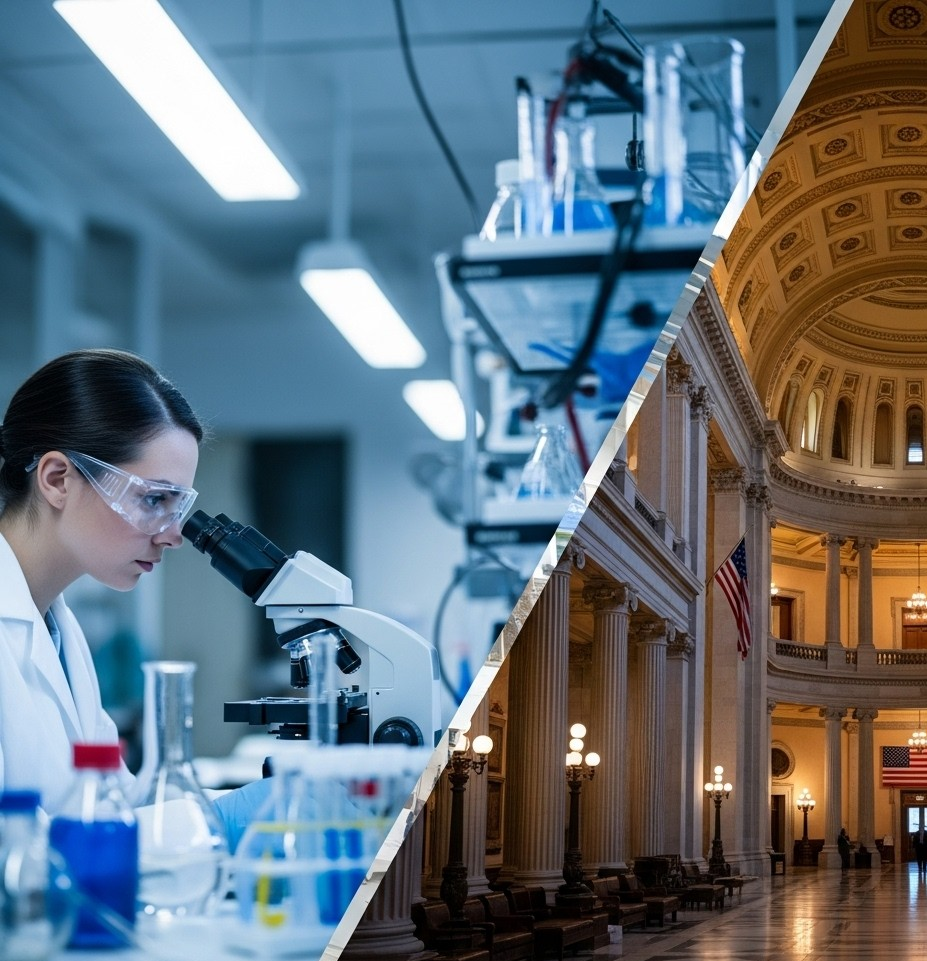
Are You the Ideal Candidate? Unpacking the 2026 Eligibility Criteria
Before you dive into the application, it’s essential to ensure you meet the foundational requirements. But beyond the checkboxes, the selection committee looks for a unique blend of skills and aspirations.
Core Academic and Professional Requirements
The baseline is straightforward. According to the American Chemical Society (ACS), which sponsors this specific fellowship, you must:
- Hold a PhD or equivalent doctoral-level degree in a field of chemical science or engineering. This includes chemistry, materials science, chemical engineering, and related disciplines.
- Have a strong scientific background and a record of academic achievement.
Citizenship and Membership Essentials
You must also be:
- A U.S. citizen.
- A member of the American Chemical Society (ACS) for at least one year at the time of application. If you’re not a member yet, now is the perfect time to join and get involved.
The Intangibles: What They’re Really Looking For
Meeting the criteria above gets your foot in the door. Excelling in the selection process requires more. In my experience advising applicants for these prestigious fellowships, the most compelling candidates demonstrate a clear passion for public service and an ability to translate complex science for non-scientific audiences.
The committee seeks individuals with:
- A genuine interest in science policy: You should be able to articulate why you want to move from research to policy and what specific issues you’re passionate about.
- Excellent communication skills: Can you explain quantum computing or CRISPR technology to a politician with a law degree? Your ability to write clearly and speak persuasively is paramount.
- Leadership and problem-solving skills: Your CV should reflect initiative, collaboration, and an ability to manage complex projects.
- A flexible and collaborative spirit: The policy world is dynamic and often ambiguous. Fellows need to be adaptable, resourceful, and effective team players.
Navigating the Application: Your Step-by-Step Action Plan
The application process is rigorous and competitive, but entirely manageable with careful planning. Think of it as your first major policy project.
1. Mark Your Calendar: The Application Timeline
Based on previous cycles, the application for the 2026-2027 fellowship year will likely open around August 1, 2024, and close around November 1, 2024. These dates can shift, so be sure to check the official ACS and AAAS STPF websites for the official announcement.
- August – October: Focus on drafting your statement of interest and securing your letters of recommendation.
- November: Finalize and submit your entire application package.
- December – February: Semifinalist interviews are typically conducted.
- March – April: Finalist interviews take place in Washington, D.C. (or virtually).
- September 1, 2026: Your fellowship year begins!
2. Craft Your Narrative: The Statement of Interest
This is the heart of your application. Your statement (typically around 1000-1500 words) should be a compelling narrative that connects your scientific background to your policy ambitions.
- Start with your “why”: What experiences in your life or research career sparked your interest in public policy?
- Connect skills to needs: Don’t just list your skills. Explain how your expertise in, for example, polymer chemistry could help inform legislation on plastic waste and recycling.
- Show, don’t just tell: Instead of saying “I have great communication skills,” describe a time you explained your research to a diverse audience or wrote a successful grant proposal.
- Be specific about your goals: What do you hope to learn? What kind of impact do you want to make as a congressional science advisor?
3. Assemble Your Support System: Letters of Recommendation
You will need three letters of recommendation. Choose your recommenders strategically.
- Your PhD Advisor: They can speak to your research skills, intellect, and work ethic.
- A Professional Mentor or Collaborator: Someone who can comment on your teamwork, leadership, and communication skills outside of a direct supervisory role.
- Someone Who Knows Your Policy Interest: If you’ve volunteered, taken a policy class, or worked on an advocacy project, a letter from someone in that sphere can be incredibly powerful.
Give your recommenders at least one month’s notice and provide them with your CV, statement of interest, and a clear summary of the fellowship.
4. Polish Your Professional Story: The CV
A policy CV is different from an academic CV. While your publications and presentations are important, you need to reframe your experience to highlight policy-relevant skills.
- Lead with a Summary: Start with a 2-3 sentence summary that clearly states your objective (e.g., “PhD chemical engineer with expertise in renewable energy seeking to apply technical skills to a career in federal STEM policy.”).
- Emphasize Transferable Skills: Use bullet points to highlight project management, data analysis, public speaking, writing, and leadership experiences.
- Keep it Concise: Aim for a maximum of two pages.
A Year in the Life of a Seaborg Fellow
Your year in D.C. begins with a comprehensive, two-week orientation run by AAAS. This is an invaluable crash course in legislative procedure, federal budgeting, and effective communication. It’s also where you’ll connect with your cohort of fellows from dozens of other scientific societies.
After orientation, you’ll interview with various congressional offices to find your placement. Once placed, your day-to-day work might include:
- Writing memos and briefs for your member of Congress on scientific topics.
- Meeting with stakeholders, from industry lobbyists to academic experts.
- Helping to draft questions for congressional hearings.
- Answering constituent mail related to science, health, and the environment.
It’s a demanding, exhilarating, and deeply rewarding experience that offers a front-row seat to democracy in action.
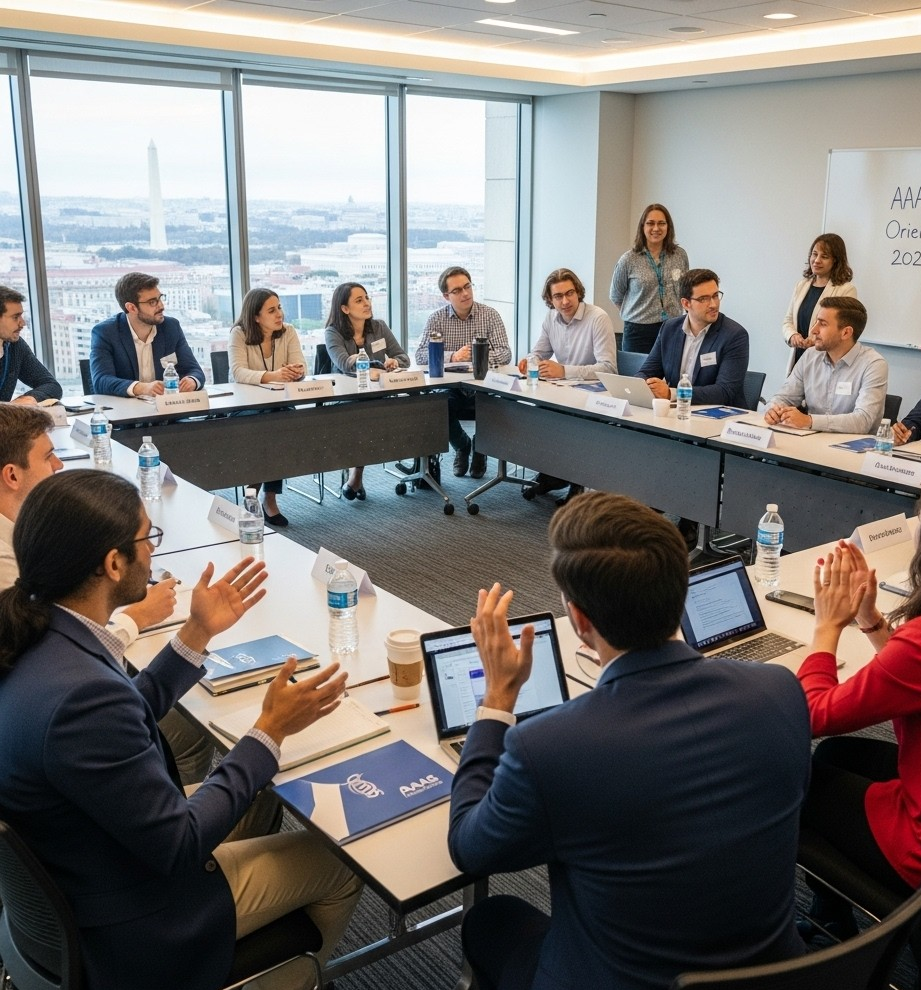
A Scholar’s Blueprint for the Obermann International Fellowships (OIF) 2026
Your Gateway to Advanced Research: Lisbon ICS-ULisboa Advanced Studies Fellowship 2025
FAQs
Q1:Can I apply if my PhD is not strictly in chemistry?
Yes, potentially. The ACS defines “chemical sciences” broadly. If your PhD in a field like materials science, biochemistry, or environmental science has a strong chemical foundation, you are likely eligible. It’s always best to contact the ACS fellowship coordinator to discuss your specific situation if you are unsure.
Q2:Is prior policy experience required?
No, prior policy experience is not a requirement. In fact, the fellowship is designed for scientists who want to learn about and transition into the policy world. What is required is a demonstrated interest in policy and a clear articulation of why you want to make this career change.
Q3:How competitive is the fellowship?
The Seaborg Fellowship is highly competitive, as it is one of the most prestigious opportunities sponsored by ACS under the umbrella of the well-known AAAS fellowship program. Typically, only one Seaborg Fellow is selected each year. However, don’t let this discourage you. A well-crafted and passionate application always has a chance.
Q4:What is the stipend for the fellowship?
While the exact amount for 2026 is not yet announced, the stipend for the AAAS Science & Technology Policy Fellowships is competitive and designed to cover living expenses in Washington, D.C. For the 2024-25 year, the stipend was approximately $100,000. The fellowship package also includes allowances for health insurance, professional development, and relocation. Please refer to the official AAAS STPF website for the most up-to-date figures.

